
PUMPA - SMART LEARNING
எங்கள் ஆசிரியர்களுடன் 1-ஆன்-1 ஆலோசனை நேரத்தைப் பெறுங்கள். டாப்பர் ஆவதற்கு நாங்கள் பயிற்சி அளிப்போம்
Book Free DemoAnimal's brain size typically increases with their body size (i.e., large animals have larger sized brains than smaller animals); however, the relationship is not linear. Mice, for example, may have a brain-to-body ratio equivalent to humans, whereas elephants have a lower brain-to-body ratio.
Animals with larger brains are assumed to have more brain weight accessible for more complicated cognitive tasks. On the other hand, large animals require more neurons to represent their bodies and control specific muscles.
But the brain-to-body mass ratio is thought to provide a general approximation of an animal's intelligence, albeit its inaccuracy in many cases.
Important!
Among all Cetaceans,
- Dolphin has the highest brain-to-body weight ratio.
- The largest ratio among reptiles is in monitor lizards, tegus and anoles, and various tortoise species.
- Parrots, crows, magpies, jays, and ravens have the largest brain-to-body ratios among birds.
- Humans have the highest brain to body weight ratio (around \(1:40\)) among mammals.
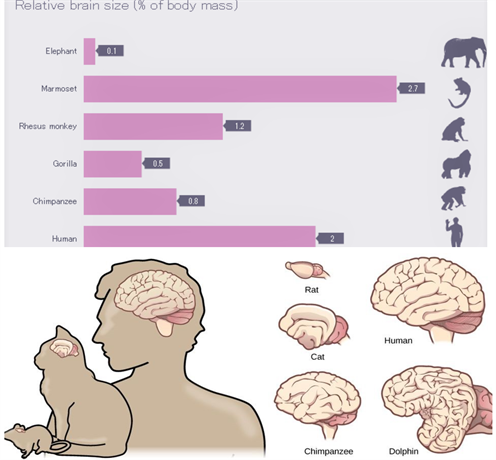
Comparison showing the different brain sizes according to the body weights
Human nervous system:
The human nervous system consists of two major divisions:
- Central nervous system - The brain and the spinal cord constitute the central nervous system.
- Peripheral nervous system - Cranial nerves arising from the brain and spinal nerves arising from the spinal cord form the peripheral nervous system.
The process of thinking:
Thinking is engaging the mind to generate ideas or concepts and make decisions through logical reasoning.
Thinking involves high complex mechanisms and neural connections. The neural connections formed by the peripheral nervous system, i.e., by the nerves of the spinal cord and cranial nerves, supply information to think about, i.e., these nerves receive sensory inputs or information from the different parts of the body and communicate it to the brain.
Neural connections are concentrated in the brain, which is the main coordination centre of the body. Thus the information received from all the parts of the body through the peripheral nervous system is integrated and processed through the central nervous system—brain and spinal cord.
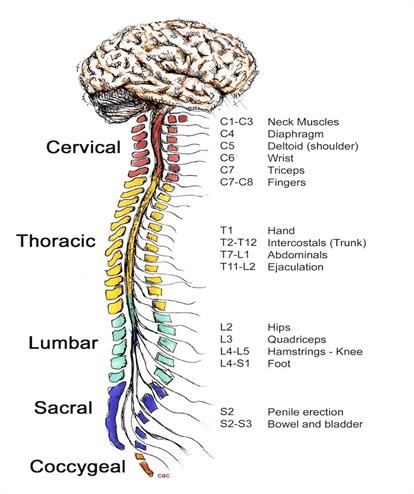
Picture showing the elements of CNS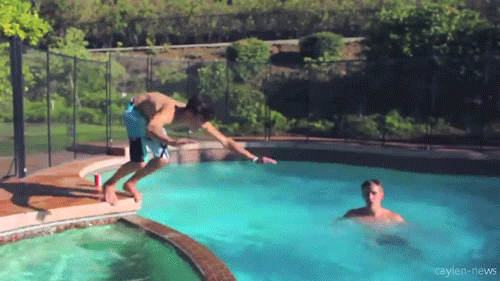
Voluntary actions:

Jumping into swimming pool - a voluntary action
Walking, talking, jumping into a swimming pool, opening a door, clapping at the end of each song in a musical concert are voluntary actions, which are logical decisions based on the reasoning of what to do next.
After integrating and processing the information received from different parts of the body, the brain will make decisions and send messages to the muscles to do actions. These actions are called voluntary actions.
Thus brain allows us to think and take actions based on that thinking.
Involuntary actions:
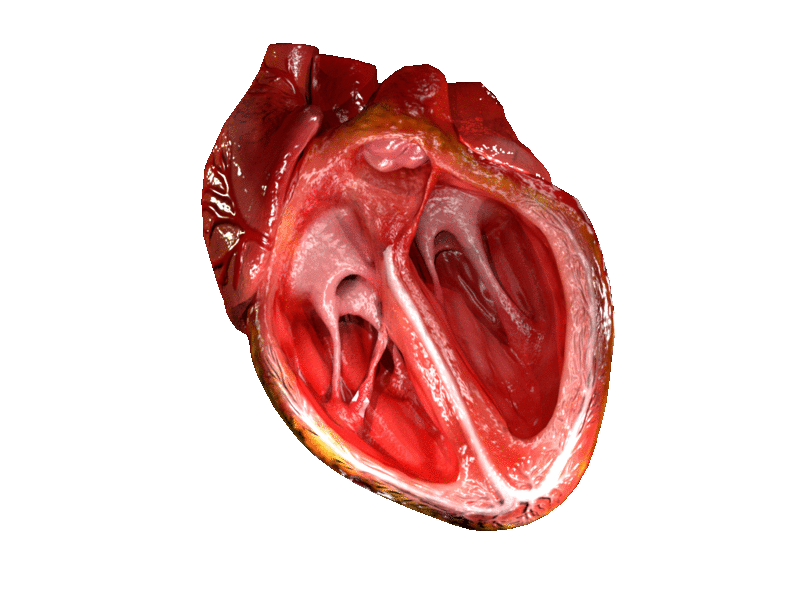
Heart beating shows an involuntary action
Mouthwatering while seeing food, heart beating, breathing through lungs, food digestion are examples of involuntary actions. We will not do these actions through the process of thinking.
Thus, involuntary action is the set of muscle movements controlled by the brain, which does not require any thinking control. This entire process of thinking and taking actions is accomplished through the complex design of the brain and spinal cord.
Different parts of the brain involve integrating the information, i.e., different inputs and outputs received from different parts of the body.
How the tissues of the central nervous system are protected?
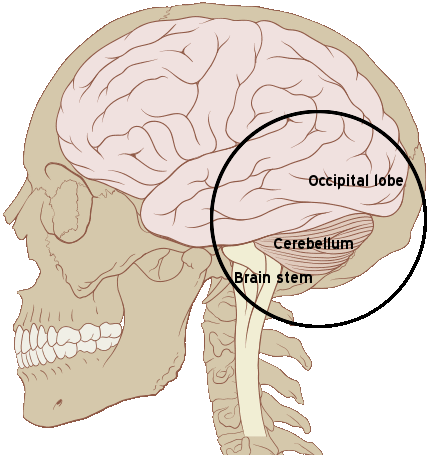
Picture showing the brain inside a skull
The brain is a vital organ as it is the main control and coordinating centre of the body, and it is a delicate organ. So, it needs to be protected very carefully. Our body is designed to protect it.
The brain is protected inside a bony box called a cranium or skull. Inside the skull, the brain is contained in a fluid-filled balloon. Besides the skull, this fluid-filled balloon gives further shock absorption.
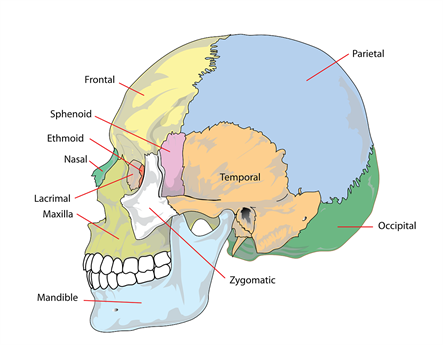
A detailed structure of the human skull (Cranium)
The spinal cord protection is provided by the vertebral column or backbone. The hard, bumpy structure you will feel at the middle of your back is the vertebral column.
Reference:
https://upload.wikimedia.org/wikipedia/commons/f/f5/Brain_size_comparison_-_Relative_brain_size_%28%25_of_body_mass%29.png
https://upload.wikimedia.org/wikipedia/commons/8/8f/BrainSpinalCordlabld.jpg
https://commons.wikimedia.org/wiki/File:CG_Heart.gif
https://commons.wikimedia.org/wiki/File:Figure_35_03_05.jpg